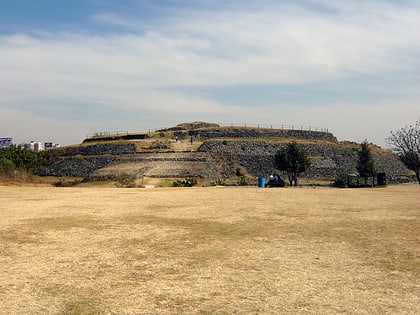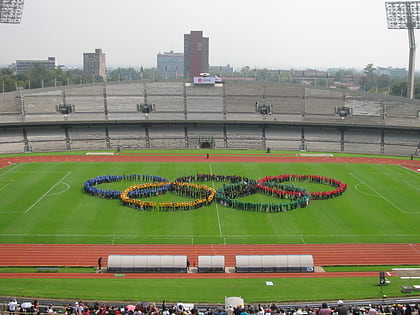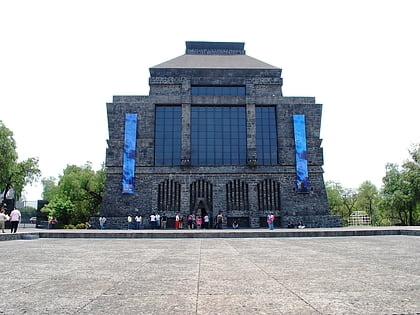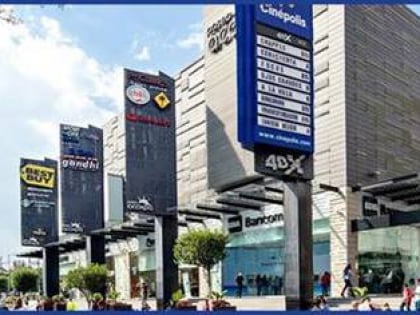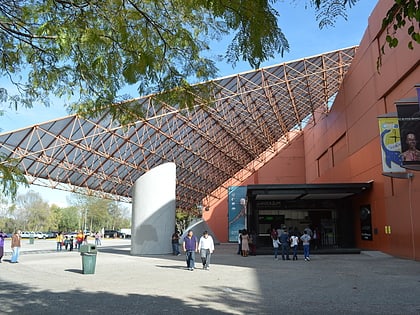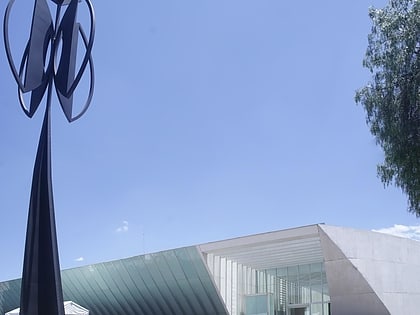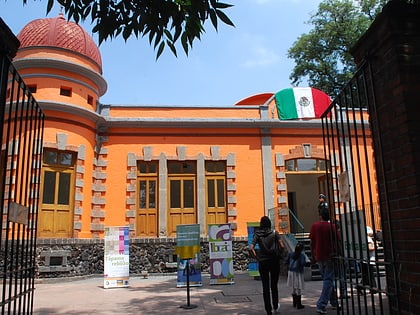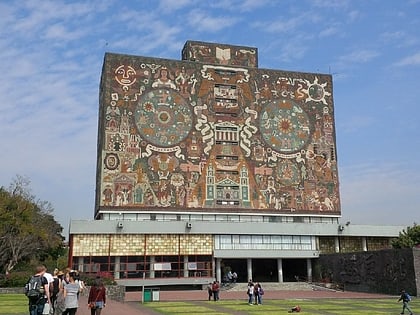Estadio Azteca, Mexico City
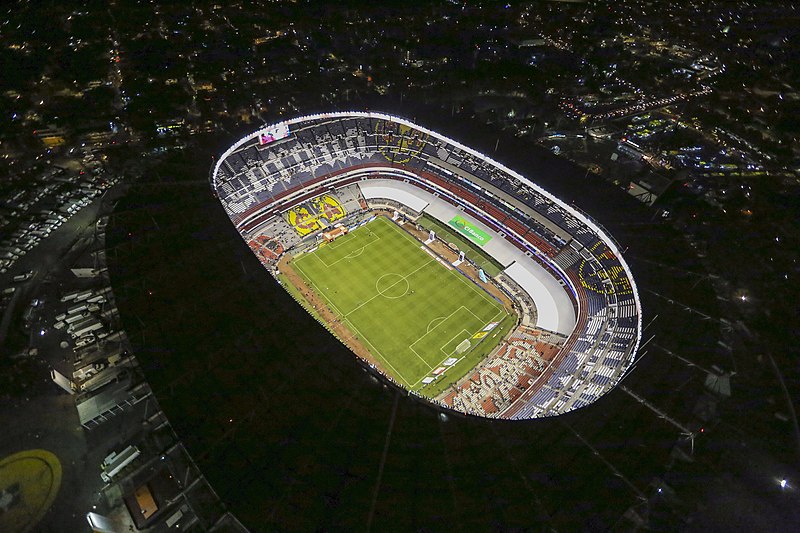
Facts and practical information
Estadio Azteca, a towering monument to sports in the heart of Mexico City, is not just a stadium but a hallowed ground for football enthusiasts around the globe. With a seating capacity of over 87,000, this colossal arena stands as one of the largest stadiums in the world and the biggest in Mexico.
Constructed in 1966, Estadio Azteca has been the epicenter of some of the most pivotal moments in football history. It is the only stadium to have hosted two FIFA World Cup Finals – in 1970 and 1986. These tournaments saw the rise of football legends, with the 1970 final marking Pelé's last World Cup match and the 1986 tournament immortalizing Diego Maradona's 'Hand of God' goal.
The stadium's design is a testament to modern architecture, with its massive concrete structure and distinctive partial cover, which shields fans from the intense sun while allowing ample air circulation. Not only does it serve as the home ground for the Club América football team and the Mexican national team, but it has also hosted a variety of large-scale events, including concerts, religious gatherings, and even NFL games, showcasing its versatility beyond the realm of sports.
Visitors to Estadio Azteca can experience the electric atmosphere of a live match or take a guided tour that explores the stadium's storied past, including the iconic locker rooms and the hallowed pitch itself. The tours offer a behind-the-scenes look into the world of professional football, providing fans with an unforgettable glimpse into the sport's rich history.
Estadio Azteca – popular in the area (distance from the attraction)
Nearby attractions include: Cuicuilco, Perisur, Estadio Olímpico Universitario, Museo Diego Rivera-Anahuacalli.
Frequently Asked Questions (FAQ)
How to get to Estadio Azteca by public transport?
Light rail
- Estadio Azteca • Lines: Tl (6 min walk)
- Huipulco • Lines: Tl (10 min walk)
Bus
- CETRAM Huipulco (8 min walk)
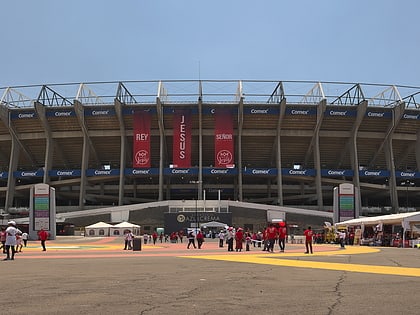

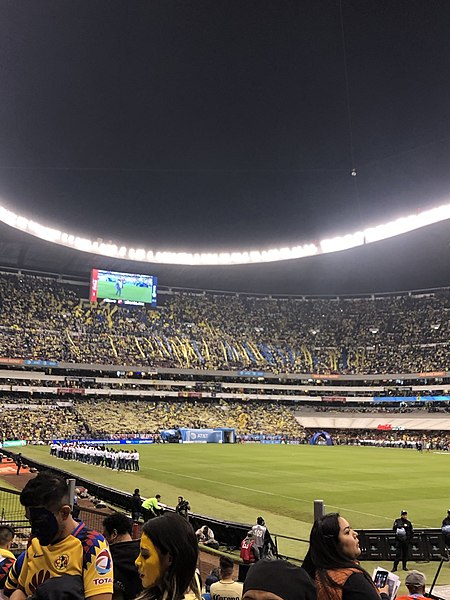
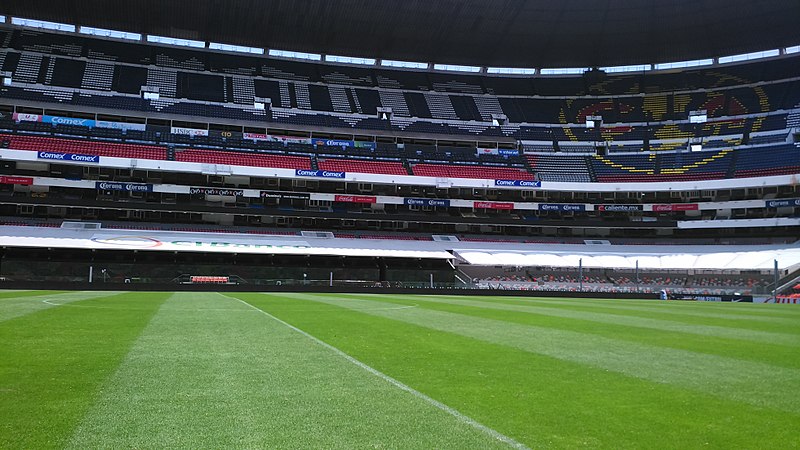
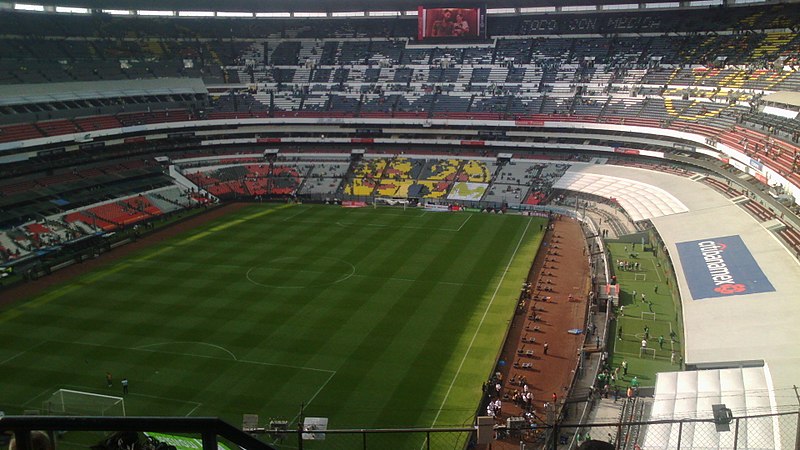
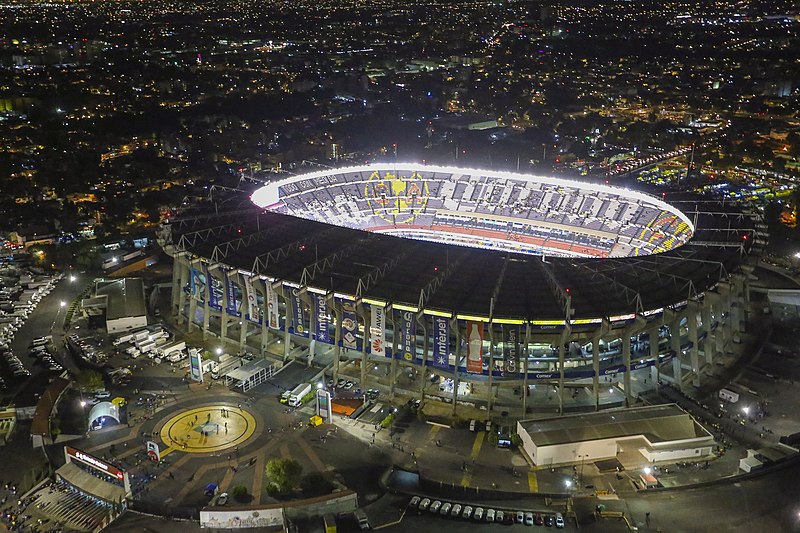
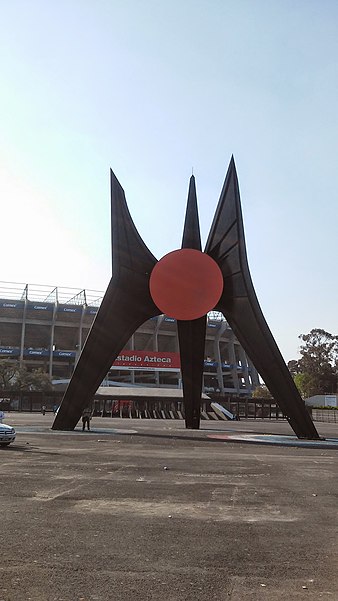

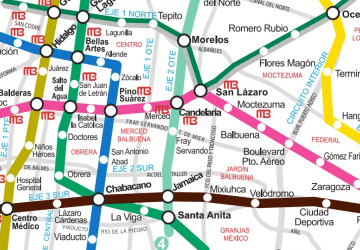 Metro
Metro